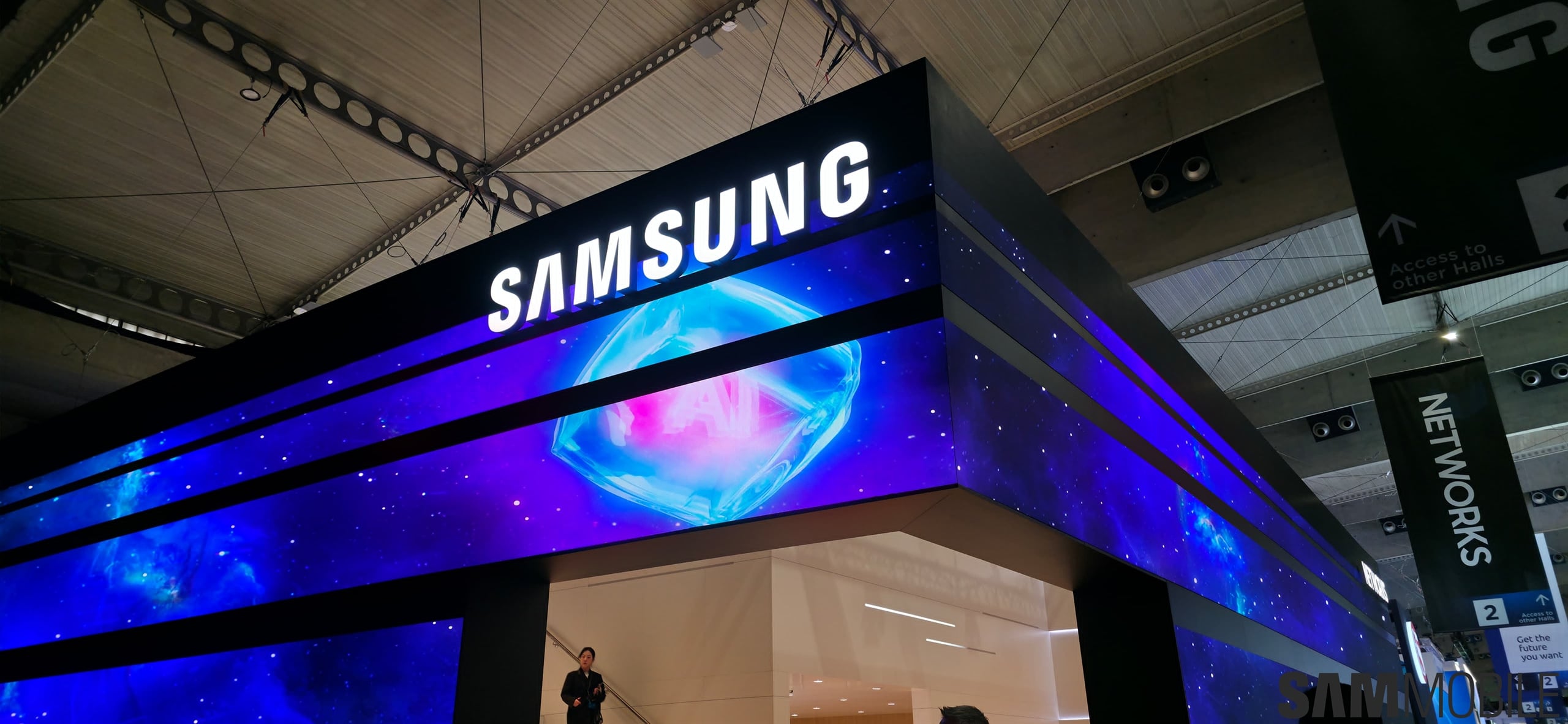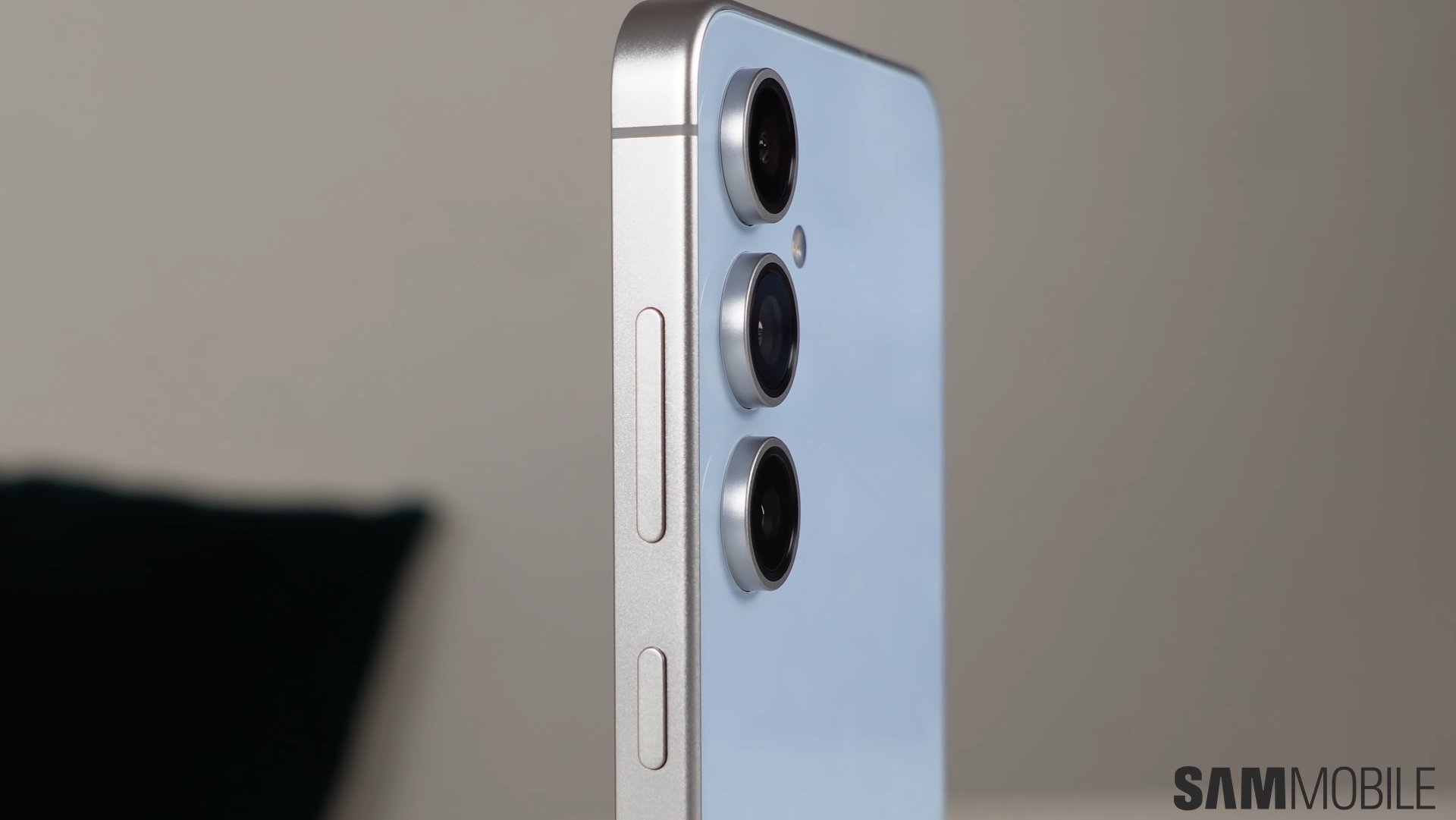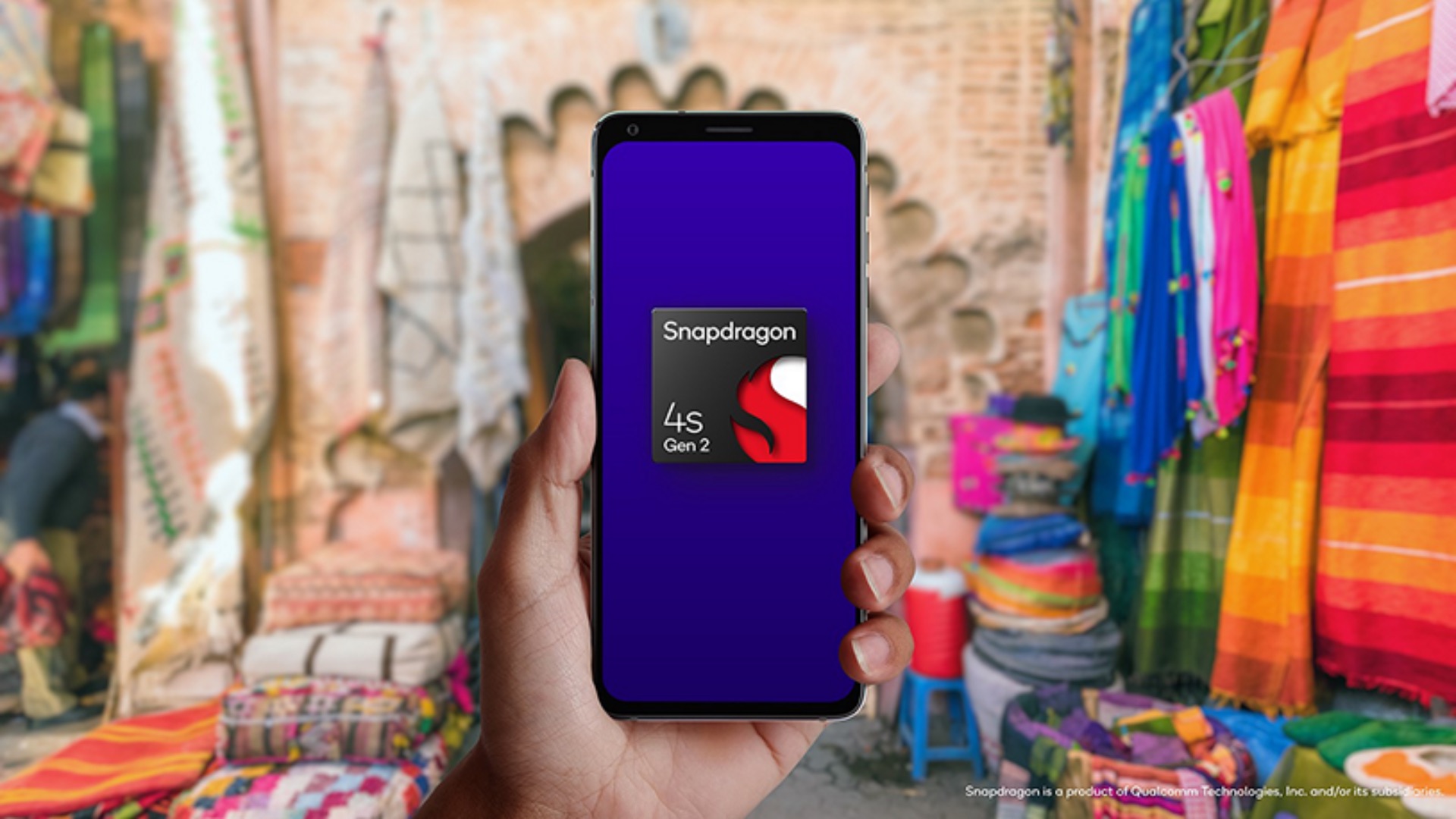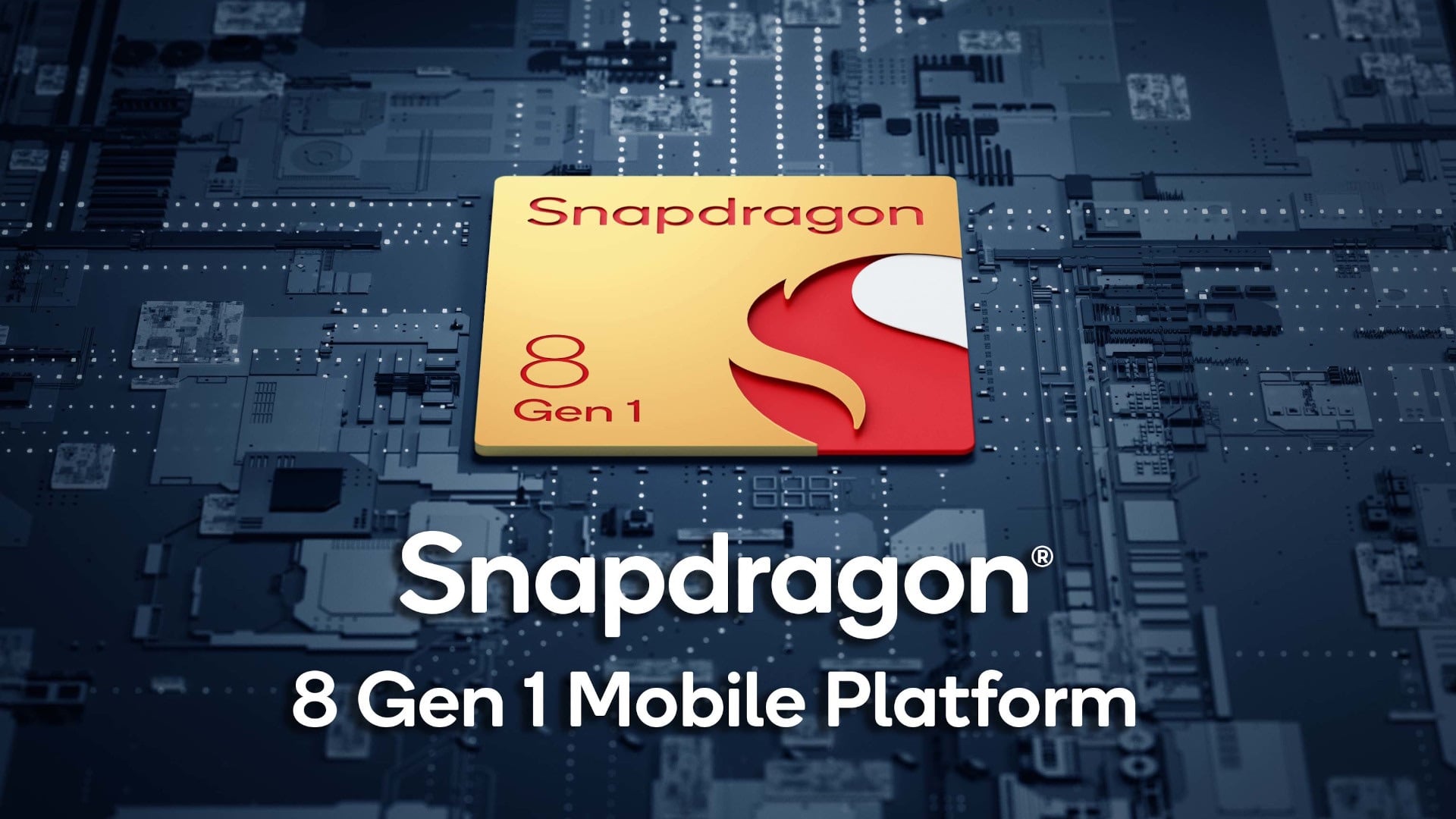
Snapdragon 8 Gen 1 is built on Samsung Foundry's 4nm process node
The Snapdragon 8 Gen 1 is built using Samsung Foundry's 4nm process and uses ARM's V9 cores. The chipset has one Cortex-X2 CPU core clocked at 3GHz, three Cortex-A710 CPU cores clocked at 2.5GHz, and four Cortex-A510 CPU cores clocked at 1.8GHz. The company is promising 20% faster CPU performance or 30% improved power efficiency. This new chip has 6MB L3 cache memory, which is 50% higher than the Snapdragon 888's 4MB L3 cache.
Graphics processing is handled by Qualcomm's next-gen Adreno GPU that promises 30% faster performance or 25% power savings compared to the Snapdragon 888. This new GPU also features 60% faster graphics performance in apps or games that use Vulkan APIs. It also features VRS (Variable Rate Shading), volumetric rendering, and high-refresh-rate HDR gaming. The chipset is compatible with 3200MHz LPDDR5 quad-channel RAM (51.2Gb/s memory bandwidth) and UFS 3.1 storage.
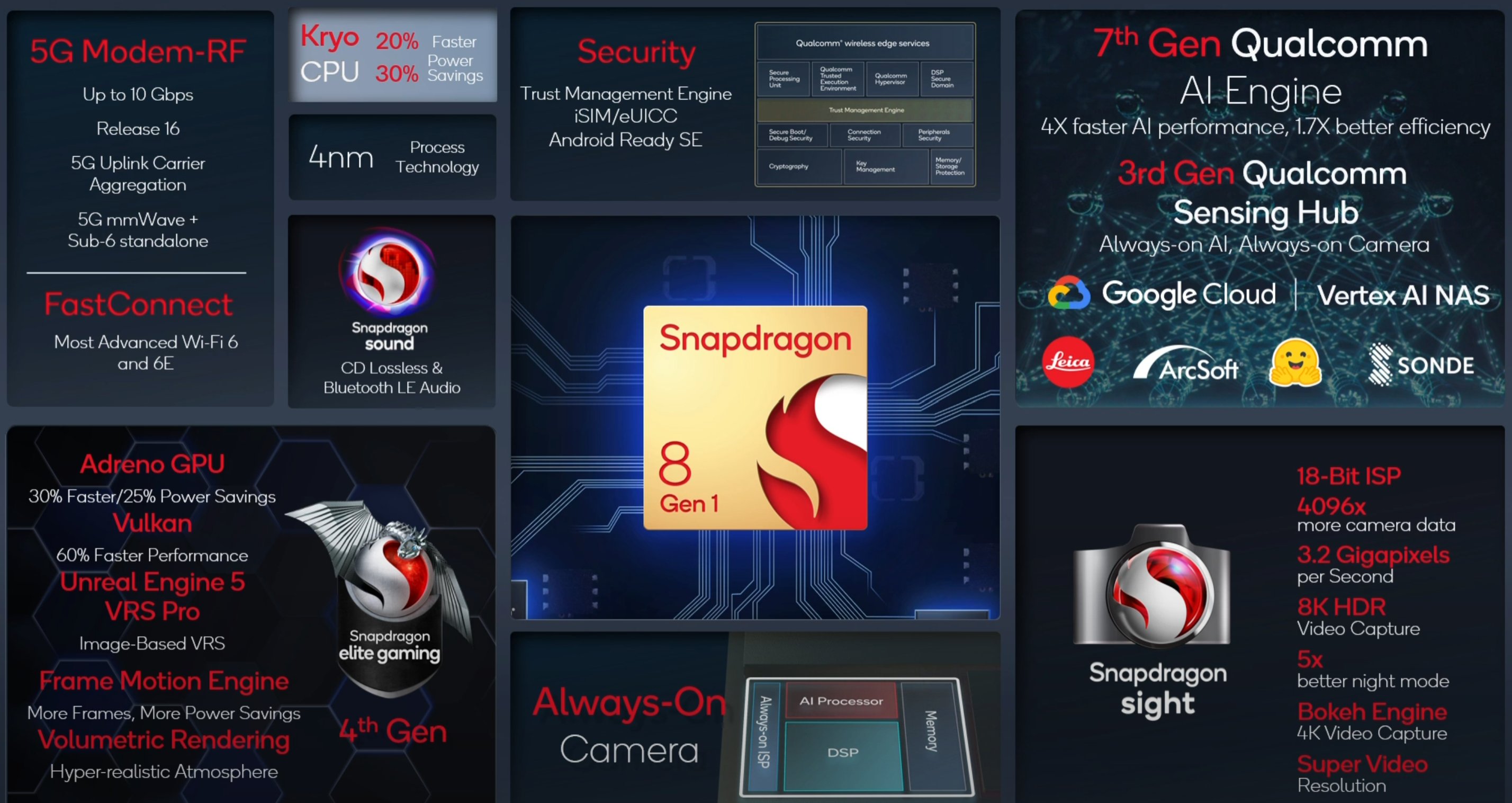
The Triple 18-bit Spectra ISP (Image Signal Processor) inside the Snapdragon 8 Gen 1 can handle three 36MP cameras simultaneously with zero shutter lag. It is also compatible with up to 200MP camera sensors, complete with zero shutter lag. The ISP can also support 8K 30fps and 4K 120fps video recording with 10-bit HDR. Infinite 720p slow-motion video recording at 960fps is supported as well. The processor also supports HDR10, HDR10+, Dolby Vision, and HLG video playback.
Qualcomm usually leads the industry when it comes to connectivity, and the Snapdragon 8 Gen 1 is no different. The chipset's integrated X65 5G modem supports up to 10Gb/s download speeds and 3Gb/s upload speeds on mmWave networks. The modem supports both mmWave and sub-6GHz SA (Standalone) and NSA (Non-Standalone) networks. Other connections supported by the chipset include multi-frequency GPS, Wi-Fi 6E, Wi-Fi 6, Bluetooth 5.2, and USB Type-C 3.2.
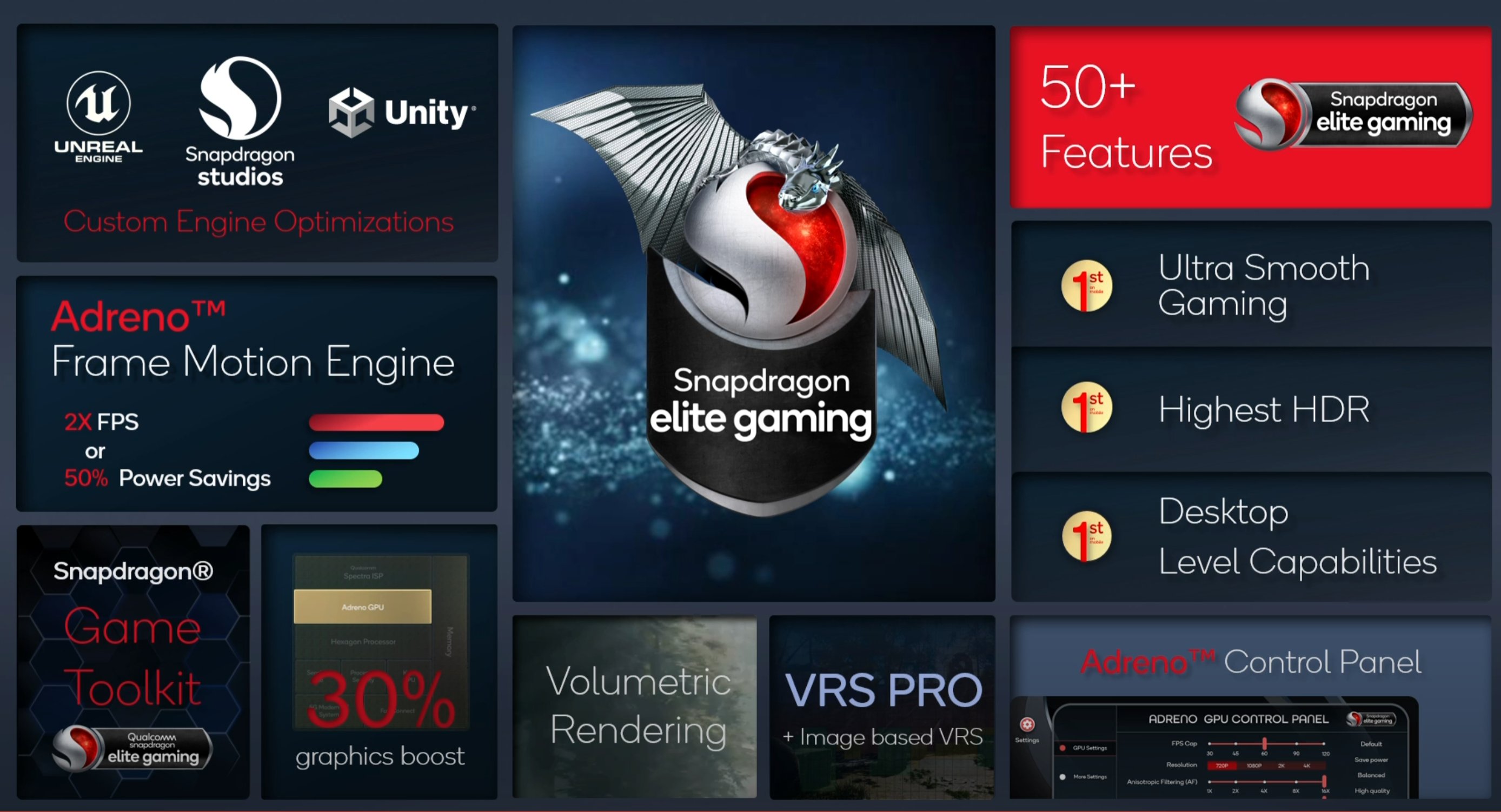
The 7th Gen AI engine inside the Snapdragon 8 Gen 1 promises to offer 70% faster AI performance, higher shared memory, and higher power efficiency while performing AI tasks such as audio and image recognition. It is also the first Android Ready SE-compatible chipset. It provides high data security levels to provide better support for standardized digital car keys, digital driver licenses, and other documents.
Samsung's 2022 high-end smartphones could use the Snapdragon 8 Gen 1 processor
The Galaxy S22, Galaxy S22+, and the Galaxy S22 Ultra, which will be launched in February 2022, are expected to use the Snapdragon 8 Gen 1. Samsung's next-generation foldable smartphones that will be released in the second half of 2022 could use this chipset as well, at least going by the company's track record.
It will be interesting to see how the Snapdragon 8 Gen 1 competes with the Exynos 2200, which is expected to use the same ARM V9 CPU cores. The upcoming Exynos flagship will also use an AMD Radeon Mobile GPU based on the RDNA2 architecture and will support VRS and raytracing as well. Moreover, the Exynos 2200 is also expected to be manufactured using Samsung's own 4nm process. With so many things in common, their performance comparison will be interesting to see.
Join SamMobile's Telegram group and subscribe to our YouTube channel to get instant news updates and in-depth reviews of Samsung devices. You can also subscribe to get updates from us on Google News and follow us on Twitter.












